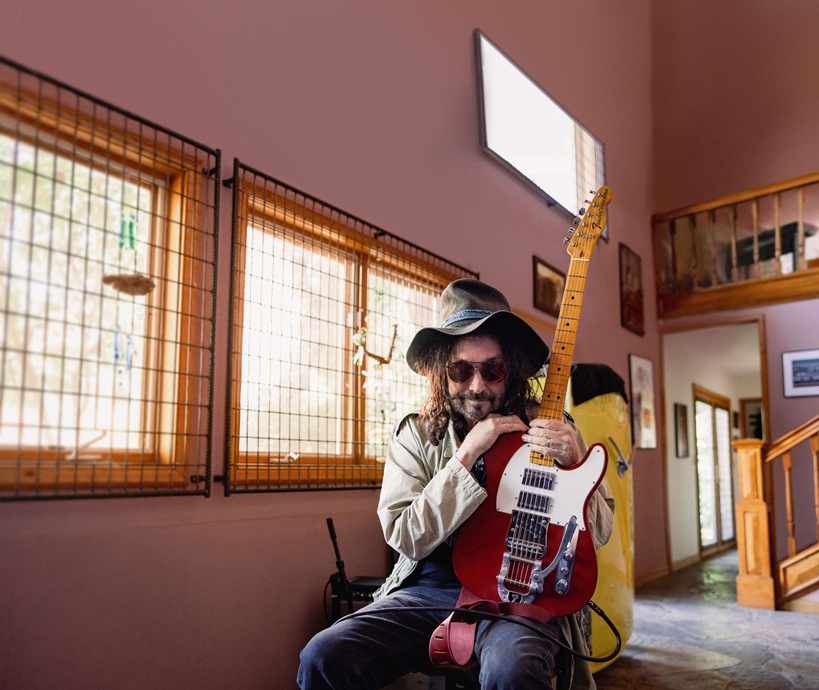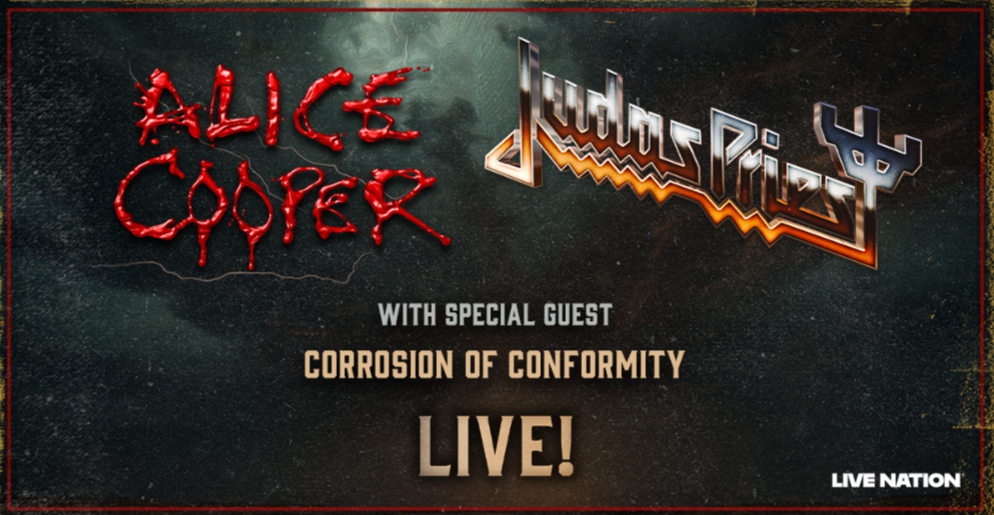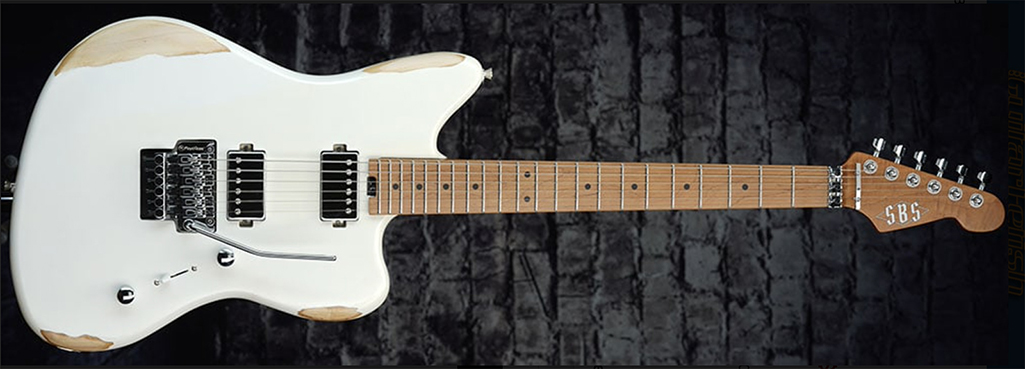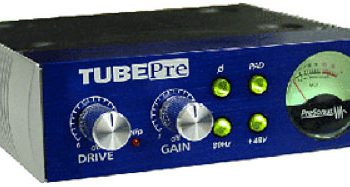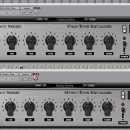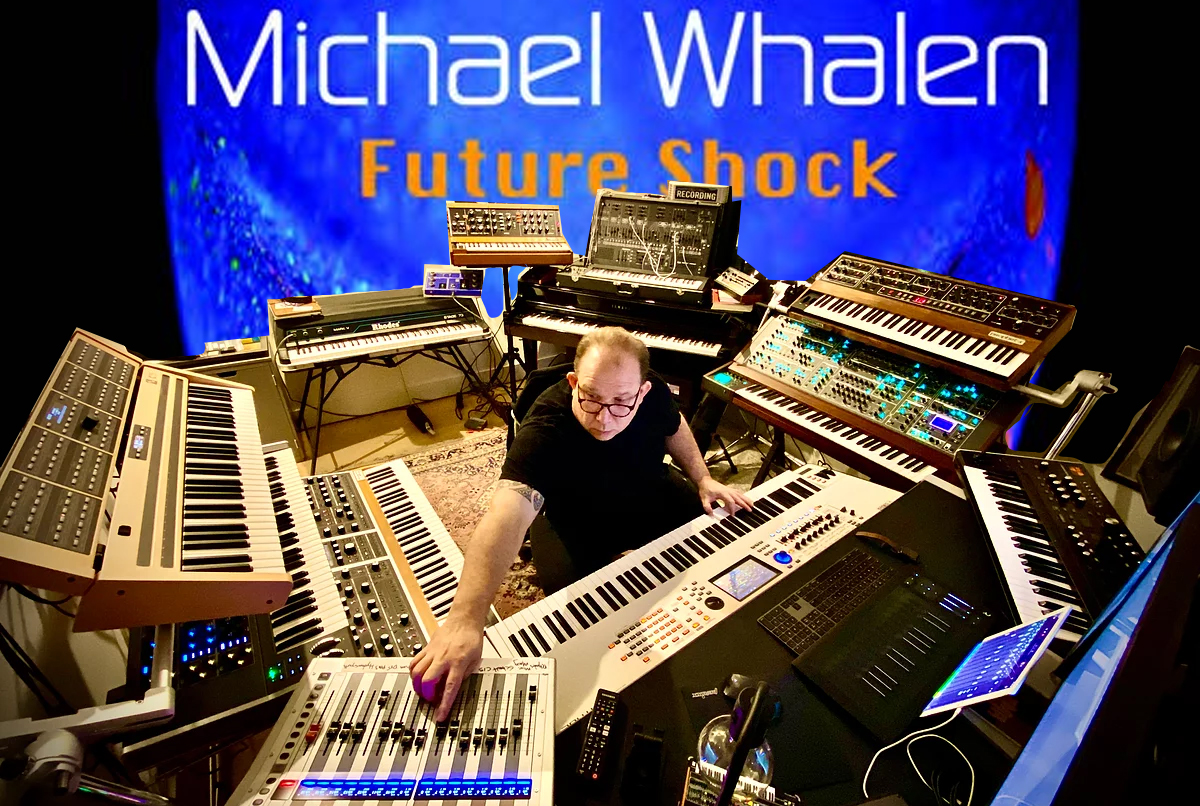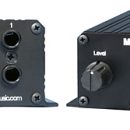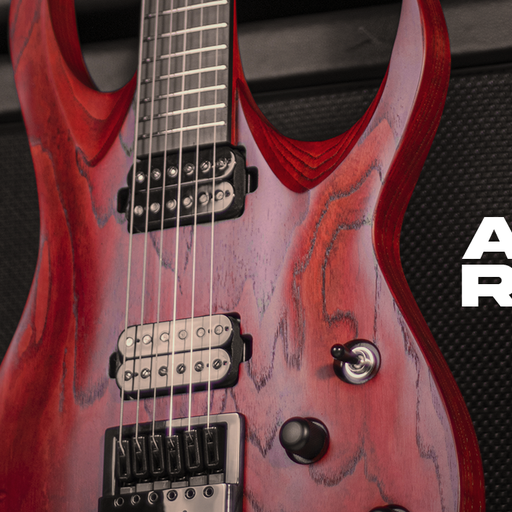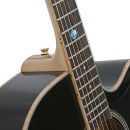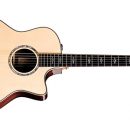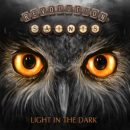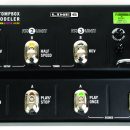We have long appreciated EastWest for their great-sounding plug-ins, and earlier this year we dove into the world of their Hollywood Fantasy Orchestra. We now enter another world brought to us by EastWest: Iconic. The Iconic plug-in is a virtual instrument that covers a lot of ground, delivering a treasure chest of classic sounds from rock and pop history, and we have to say, we were quite impressed!
So what the heck is Iconic? The idea behind the plug-in is to recreate sounds that are hard, if not impossible, to make today due to the scarcity of the instruments that created them, along with the effects and techniques that were used to originally record them. EastWest sampled the original vintage synthesizers of Anthony Marinelli (the sound design wizard behind Michael Jackson’s Thriller (to name just one of his credits). Additionally, keyboard phenom Greg Phillinganes (who played those fabulous sounds on the Thriller sessions) and has additional credits with Stevie Wonder, Quincy Jones, Eric Clapton, David Gilmour, Toto, Lionel Ritchie, John Mayer, Donna Summer and Bruno Mars, was also involved in the creation of the plug-ins sounds. Samples include vintage synthesizers like the ARP 2600, Minimoog Model D, Roland Jupiter 8, Oberheim OB-X, Sequential Prophet 5, Yamaha CS-80, Synclavier II, and even a Fender Rhodes. There’s a total of 138 GB of samples in this collection, and many samples were recorded using analog tape machines (including the tube Studer J37) which were a big part of the sonic character we often heard in 1970-80s recordings.

Minimum system requirements are four cores running at least 2.7 GHz, 16 GB of RAM, and Mac OS 10.15 or Windows 10; recommended systems are double that, with eight cores and 32 GB (or more) of RAM. An SSD is recommended over a standard HD for sample playback.
Like other EastWest plugins, Iconic runs via the Opus interface, which is kind of like the EastWest version of NI’s sample player, Kontakt. It is from here you select your sample library (if you have more than one) and then select your presets on the Player screen, which is selectable at the upper left corner of the GUI.
![]() The Presets are divided into three categories: Classic, Classic Elements, and Beyond Iconic. The Classic category is, not surprisingly, where all of those famous sounds you’ll recognize right away are located. Most of these are given extremely useful names to tell you where they are sourced from. Examples of this include Billie Stack 1, Thrilling Lead 1, In The Groove Lead, Colder Than Ice Lead 1, Take On You Lead, The Final Touchdown Pad 1, Love Is A Battle, Don’t You Want Me Pad 1, The Air Tonight, Living Prayer Poly, Jumping OBX Chords, We Built A City Poly, and Sweeter Dreams.
The Presets are divided into three categories: Classic, Classic Elements, and Beyond Iconic. The Classic category is, not surprisingly, where all of those famous sounds you’ll recognize right away are located. Most of these are given extremely useful names to tell you where they are sourced from. Examples of this include Billie Stack 1, Thrilling Lead 1, In The Groove Lead, Colder Than Ice Lead 1, Take On You Lead, The Final Touchdown Pad 1, Love Is A Battle, Don’t You Want Me Pad 1, The Air Tonight, Living Prayer Poly, Jumping OBX Chords, We Built A City Poly, and Sweeter Dreams.
We couldn’t help but to grin from ear to ear going through each classic preset. These are dead-on accurate! Many of these ‘80s and ‘90s, well, iconic, sounds are from songs many of us have learned to play for personal enjoyment or to perform in a cover band, and whether you’re playing for nostalgia or playing in a hot wedding band, the sounds here are a dead ringer for the classic timbres used. If you don’t believe us, we highly recommend watching EastWest’s walkthrough video showing how the presets were made (with Greg Phillinganes demonstrating them, and obviously loving them).
The Classic Elements preset category is a very smart addition to Iconic. Back in the day, many classic sounds were created by layering multiple synths together, which all these years later is very difficult to recreate. The classic elements includes the basic building blocks of a given particular synth sound, and these too, sound rich and full of character.
Iconic is meant for more than reminiscing. The third preset category, Beyond Iconic, demonstrates that. In this section, the categories include Arp, Bass, FX, keys, Lead, Pad, Pluck, and Poly. These also sound great, and cover a great deal of ground from pulsating, evolving pads to interesting arpeggios to thumping basses. There’s likely to be something for everyone, but especially players working in the genres of modern pop, hip-hop, and EDM. Interestingly, some presets are single patches, while others feature multiple layers to create a composite, final timbre. Take the classic Europe hit, “The Final Countdown” for example. That lead sound was actually a combination of classic Roland and Yamaha synths blended.
Although we have talked about the presets, all the samples run through Opus, which does allow for editing. If you’re looking for each original synth front panel to be recreated, you won’t find that here (as you might in a true virtual synth recreation). Nevertheless, there are a number of synth-style elements that should be familiar. For example, there are options for portamento, legato and polyphony, pitch transposition as well as the ability to adjust the MIDI velocity response. You can also configure full amp and mod ADSR envelopes, and you have the option to choose between LFO or step‑based modulation settings.
Also included in the GUI are independent low‑pass and high‑pass resonant filters. Each of these also includes controls to configure how the filter cutoff is modulated via MIDI velocity, the mod Envelope or the LFO/step modulator (or some combination of all three). Similar controls appear in a number of the effects modules.
Speaking of effects, options include Auto‑Pan, Ring Modulation, Drive, Chorus, Phaser, Delay and Reverb. Each of these effects can be toggled on or off individually.
The center of the screen will look particularly familiar to Wavestation users as it contains an X/Y pad with a choice between four more sound modulation options. These options are above the X/Y pad, where they can be toggled. Each of these essentially provides X/Y control over a pair of parameters from elsewhere in the UI. For example, Stutter controls the LP filter’s cutoff (Y axis) and LFO rate (X axis), letting you generate filter gating or filter sweeps. Dream provides a combination of modulation of the Auto‑Pan/Stereo Double and Reverb effects for spatial modulation. Space combines Chorus and Delay modulation while Grit modulates the Phaser and Drive effects. The Automation page provides further possibilities for modulation, and right‑clicking on any parameter within the UI pops open a MIDI Learn menu so you can easily link Iconic’s controls to a MIDI hardware controller.
As demonstrated in the Classic presets, you can create multiple layers of sounds, each with its own effects and routing, so there truly are many ways for you to create a new and interesting sound built from classic samples.
The manual is helpful and clear, and the online videos are also informative and helpful, and give some interesting background on the origins and making of the plug-in.
Iconic sells for $199 including VAT, or is included with a ComposerCloud+ subscription (which is typically $149/year, though we’ve seen education and seasonal discounts on occasion). Hardcore programmers may prefer the virtual synth path to sound design, with a UI more representative of each keyboard represented. But if you’re more of a player who wants easy access to iconic sounds, with easy manipulation when you want to venture forth in that regard, you should definitely check Iconic out. And if you already have an active ComposerCLoud+ subscription, you’ll want to load this one up right away. The only question with this sound collection is, Don’t you want me, baby?
Contact Information
EastWest Sounds
soundsonline.com


